Beginner's Guide to Winter Dinghy Sailing
It’s that time of the year again in the UK that separates the men from the boys and the women from the girls. It's a time where you as diehard sailing enthusiasts have to decide if you want to keep your dinghy docked at the sailing club - or if you’re going to take the easy way out (something I’d probably do) and call it quits for the winter. Whatever you decide, know that there is no shame in choosing the latter, for the darkest depths of winter can chew you up and spit you out without warning.
Essentially, you really have to be committed – like someone sitting on 20 in blackjack who decides to go after the ace. With commitment, however, comes preparation. You need to be ready and well equipped with the right sailing gear and accessories. The more you can protect yourself out there, the more enjoyment you’re going to get out of the winter.
Normally before you go sailing you would check the weather. This is still recommended, however, if I were a betting man I’d say it’s going to be cold. The question is how cold and miserable will it actually be? Once you have figured out the exact conditions you’ll be facing on the water, you will need to dress and pack accordingly.
Drysuits and wetsuits
It shouldn’t come as a surprise that the most important pieces of dinghy sailing kit that’s going to keep you dry throughout the winter are drysuits and wetsuits. Now, you don’t need to wear both at the same time. In fact, it’s recommended that you don’t. It comes down to preference, but also the conditions. If it’s going to be pretty wild out on the ocean with gale-force winds and heavy rain, you’re probably going to want to have a drysuit for the following reasons:
- It’s a shell that keeps you insulated and totally dry
- If you fall in the water you won’t get wet
- Every part of your body is protected against the elements – except for your face
- You won’t get cold
- Allows for complete freedom of movement
The most popular dinghy sailing drysuit is the Crewsaver Atacama Sport. It has a fully-breathable 3-layer fabric all over, an elasticated waist, adjustable internal braces and articulated arms and legs to create a custom-fit. Thus, providing the ultimate freedom of movement combined with lightweight breathability. And if that wasn’t enough, the Crewsaver Atacama Sport comes with glide skin neoprene wrist and neck seals and reinforced seat and knees.
If it’s your first winter dinghy sailing, or just dinghy sailing in general (no matter the season) then you’re going to want to wear a dinghy wetsuit. Or perhaps you’re a seasoned veteran and just prefer the slim fit of a wetsuit. Either way, a dinghy sailing wetsuit will provide the appropriate warmth you require.
The way in which a wetsuit works, is that it traps a layer of water between the neoprene and your skin, which then creates a warm layer that stops you from getting cold.
The most common form of wetsuit when it comes to dinghy sailing is the Long John. This particular design has long legs but no arms. This is so your arms are free to move around when sailing. However, because it’s winter time, you can either opt for a ‘steamer wetsuit’ which has long legs and arms, or you can choose to add some layers to your Long John. You’re going to want to have a windproof dinghy sailing spray top as it will protect your arms and torso from the wind chill and also the spray from the boat. The Zhik Dinghy Smock provides the ultimate protection from the elements. It features a high stretch an outer shell that fits comfortably over your gear, plus the plush inner fleece provides excellent thermal resistance against wind and water.
If you do decide on a wetsuit rather than a drysuit during the winter, it’s imperative that you layer up for the sake of your health and safety.
Gloves and booties
It’s also important to take care of your extremities when dinghy sailing in the winter. This means your hands and your feet. If either gets cold, it’s not going to be a pleasant experience for you and others around you. However, it’s a quick fix. All you need to do is wear gloves and booties. Not only will gloves protect you from the weather, they will also help your grip when it comes to pulling sheets and ropes, which inevitably reduces the chance of blisters.
Booties are optional most of the year, however, in the winter they’re a necessity. Thin neoprene booties are fine for the summer, but when the mercury severely starts to dip, you’re going to want ankle high sailing booties like the Crewsaver 5mm Neoprene Zip Boot. It’s extremely warm and durable whilst giving plenty of reinforcement around your toes, heels and hiking area.
---
At the end of the day, if you love dinghy sailing, you shouldn't let the weather get in the way.
Unintentional rhyme...
@wetsuitoutlet
Updated on 8th December 2021
Originally published on 12th December 2018 in Sailing















































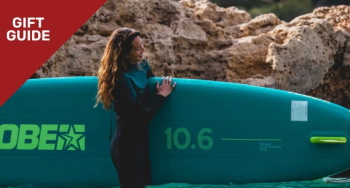

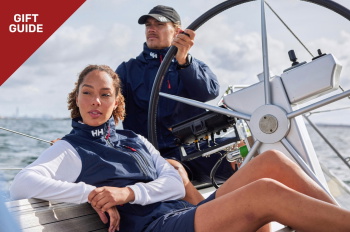

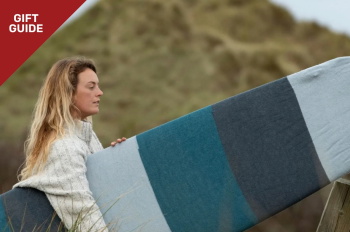
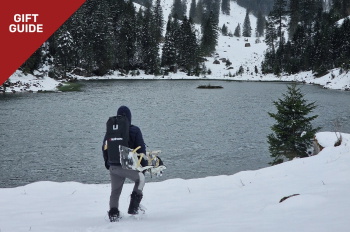
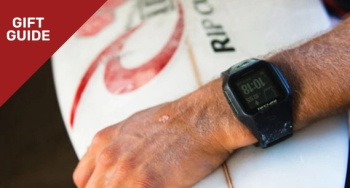


 Visit the US site
Visit the US site  Continue to DE
Continue to DE